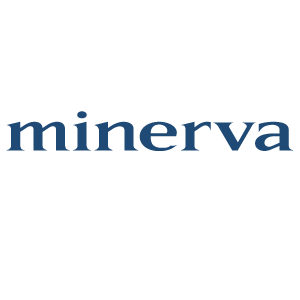Sustaining Donor Relations: What Would Lupe Do?
The heroine of my book, “The Disappearing Donor” a seasoned development director, is always thinking of how best to work with donors? Here are some ideas that Lupe Reinowski puts into action on a regular basis.
1. Talk to your donors regularly. With so many ways to engage donors, through emails, text, and mailings, it’s easy to forget one of the most effective means of relationship building. The simple act of picking up the phone. Yes, you may not reach your donor, but you can certainly leave a “hello” message with a program update. Every call shouldn’t be a solicitation. These relationship building calls are a great way to engage your board and executive director. The request is simple: Please call Mrs. Rodriguez and wish her happy birthday. Share with her the new program to help women return to the workforce. Personally invite her to reception next month. Thank her for her support.
2. Find out how your donors like to be contacted. A good friend (we’ll call her Ann) recently made a large pledge to her college. Since then, she has been bombarded with emails, letters, and texts with information. She had to reach out to her relationship manager to request the school limit communications to twice a year. By not understanding your donors’ preferences you risk losing their affection. And since it is five times harder to gain a donor than to keep one, it is in your organizations best interest to work closely with your current donors.
3. On the other end of the spectrum, don’t ghost your donors. Many years ago, I made a major gift to an organization only to hear “crickets.” Two years passed before I received any communication, and surprise! It was a solicitation letter. Obviously there can be staff changes and difficulties like the Covid crisis but an effective organization will work to keep up with the minimum communications.
4. Keep notes. Your CRM is only as good as the data you track. Does your president meet with people on a regular basis? Ask them to share the feedback with you. Don’t let a longtime employee carry all the institutional knowledge in their head. Yes, everyone wants to feel wanted but the beloved long-time teacher can’t be the only ones who know when Mr. Akimo’s daughter is getting married, or Ms. Bernstein is retiring. Nurture a culture of team enterprise.
5. Brush up on your penmanship. Keep a folder of birthday, anniversary, and condolence cards. Stock real stamps. Sending a brief handwritten thank you note can go a long way to catching a person’s attention in this digital age. Lupe’s handwriting is dreadful and I’m sure the recipients of her notes probably feel they need to learn to read hieroglyphics but it’s the thought that counts.
6. Listen. If your donor is big on one area of your mission tailor your messages in that direction. It doesn’t mean you don’t share other updates but understanding that your donor is committed to certain efforts shows that you are paying attention. Try not to push a square peg into a round hole.
7. In the same vein, be sure to educate your leadership on your donors’ interest. Lupe would always make sure her Executive Director was prepared to meet a donor with the appropriate request both in terms of project or program and gift amount.
Donor relations is a year-round process and technology helps to streamline calendaring and executing your efforts. But don’t forget the old-fashioned approaches. People give to people. Connect with others and you may be surprised at the results!
